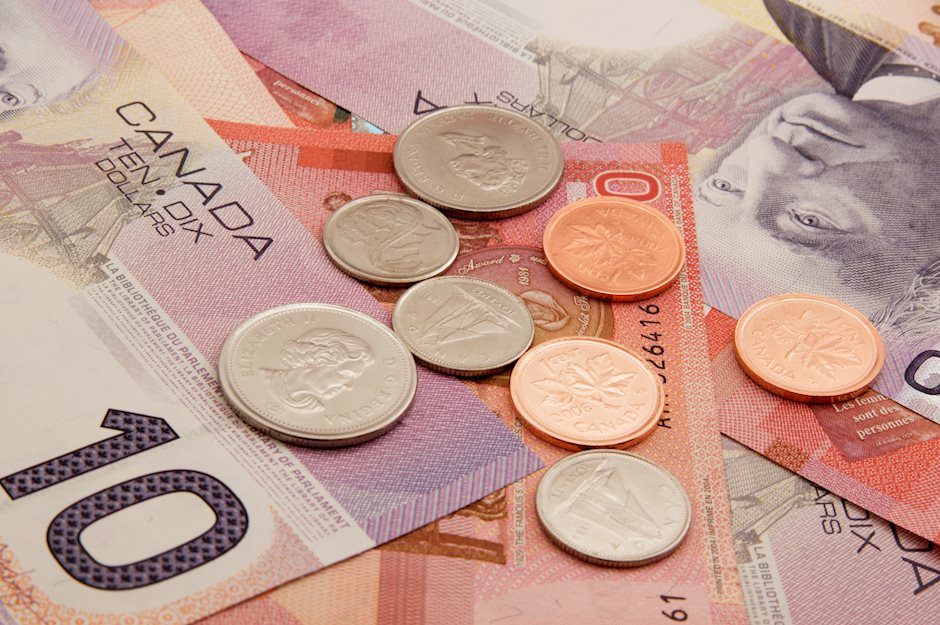USD/CAD holds ground above 1.3500 ahead of US employment data
- USD/CAD inches higher as traders adopt caution ahead of US Initial Jobless Claims and ISM Services PMI.
- The US Dollar received support from the improved US Treasury yields.
- BoC reduced interest rates by 25 basis points to 4.25% at September’s meeting held on Wednesday.

USD/CAD retraces its recent losses, trading around 1.3510 during the Asian hours on Thursday. The US Dollar (USD) remains solid as traders adopt caution ahead of the release of US ISM Services PMI and Initial Jobless Claims scheduled to be released later in the North American session.
Attention will shift to Friday’s US Nonfarm Payrolls (NFP) to gain more cues on the potential size of an expected rate cut by the Federal Reserve (Fed) this month.
The US Dollar Index (DXY), which measures the value of the US Dollar against six other major currencies, trades around 101.30. The Greenback receives support from improving 2-year and 10-year yields on US Treasury bonds standing at 3.76% and 3.75, respectively, at the time of writing.
However, the US Dollar faced challenges after the release of July's US JOLTS Job Openings, which fell short of expectations and indicated a further slowdown in the labor market. The number of job openings dropped to 7.673 million in July, down from 7.910 million in June. This marked the lowest level since January 2021 and was below the market expectation of 8.10 million.
On Wednesday, the Bank of Canada (BoC) lowered its benchmark interest rate by 25 basis points (bps) to 4.25%, as expected, at September’s meeting held on Wednesday. BoC Governor Tiff Macklem commented, “If inflation continues to ease broadly in line with our July forecast, further cuts to our policy rate are likely.”
Governor Macklem also noted that a 25 basis points (bps) reduction seemed appropriate and observed that the divergence with the US Federal Reserve on rates has not significantly affected the exchange rate.
Canadian Dollar FAQs
The key factors driving the Canadian Dollar (CAD) are the level of interest rates set by the Bank of Canada (BoC), the price of Oil, Canada’s largest export, the health of its economy, inflation and the Trade Balance, which is the difference between the value of Canada’s exports versus its imports. Other factors include market sentiment – whether investors are taking on more risky assets (risk-on) or seeking safe-havens (risk-off) – with risk-on being CAD-positive. As its largest trading partner, the health of the US economy is also a key factor influencing the Canadian Dollar.
The Bank of Canada (BoC) has a significant influence on the Canadian Dollar by setting the level of interest rates that banks can lend to one another. This influences the level of interest rates for everyone. The main goal of the BoC is to maintain inflation at 1-3% by adjusting interest rates up or down. Relatively higher interest rates tend to be positive for the CAD. The Bank of Canada can also use quantitative easing and tightening to influence credit conditions, with the former CAD-negative and the latter CAD-positive.
The price of Oil is a key factor impacting the value of the Canadian Dollar. Petroleum is Canada’s biggest export, so Oil price tends to have an immediate impact on the CAD value. Generally, if Oil price rises CAD also goes up, as aggregate demand for the currency increases. The opposite is the case if the price of Oil falls. Higher Oil prices also tend to result in a greater likelihood of a positive Trade Balance, which is also supportive of the CAD.
While inflation had always traditionally been thought of as a negative factor for a currency since it lowers the value of money, the opposite has actually been the case in modern times with the relaxation of cross-border capital controls. Higher inflation tends to lead central banks to put up interest rates which attracts more capital inflows from global investors seeking a lucrative place to keep their money. This increases demand for the local currency, which in Canada’s case is the Canadian Dollar.
Macroeconomic data releases gauge the health of the economy and can have an impact on the Canadian Dollar. Indicators such as GDP, Manufacturing and Services PMIs, employment, and consumer sentiment surveys can all influence the direction of the CAD. A strong economy is good for the Canadian Dollar. Not only does it attract more foreign investment but it may encourage the Bank of Canada to put up interest rates, leading to a stronger currency. If economic data is weak, however, the CAD is likely to fall.
Author

Akhtar Faruqui
FXStreet
Akhtar Faruqui is a Forex Analyst based in New Delhi, India. With a keen eye for market trends and a passion for dissecting complex financial dynamics, he is dedicated to delivering accurate and insightful Forex news and analysis.
















